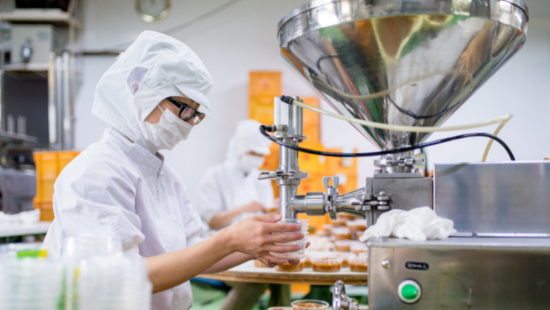Work health
How do we ensure that employees remain healthy, safe, and productive? Through the main themes of inclusive work, sustainable work, and the future of work, we strengthen the adaptability of people and organisations.

Work and health: healthy, safe and productive working
The world of work is changing rapidly due to globalisation, an aging population, and technology. A high-quality labour force is essential if the Netherlands wants to remain competitive. How do we ensure that employees remain healthy, safe, and productive?
Our latest developments
27 resultaten, getoond 1 t/m 5
TNO Announces the launch of ObjectivEye
TNO announces the launch of ObjectivEye, a spin-off focused on the objective recruitment and selection of new employees through AI tools.


Prospective Life Cycle Assessments for future-proof product design


Knowledge advantage in SSbD offers opportunities for Dutch chemical companies


The future of chemicals is Safe and Sustainable by Design


SSbD presents significant opportunities for the Dutch chemical sector to maintain its leadership position






